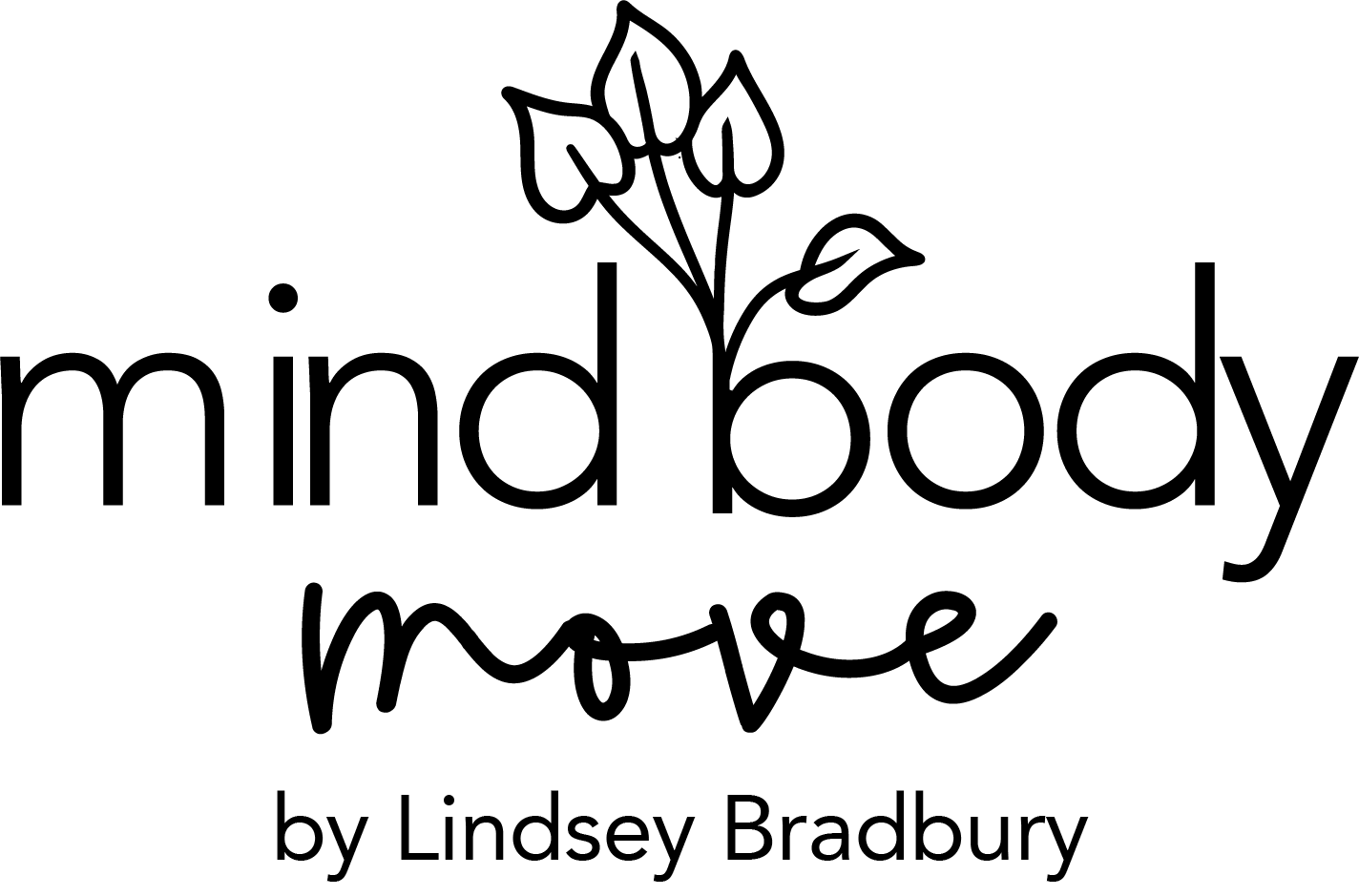The Importance of Mobility Work: Why You Need to Move Better, Not Just More
When people think about fitness, they often focus on strength, endurance, or aesthetics. But there’s an underrated key to long-term health and performance: mobility work. If you’ve ever felt stiff, experienced nagging aches, or struggled with certain movements, your body might not need more strength—it might need better mobility or more stability.
What is Mobility?
Mobility is your body’s ability to move freely and efficiently through a full range of motion. It’s not just about flexibility (the ability of a muscle to stretch) but also about control, strength, and stability within that movement.
For example, you might be able to touch your toes (flexibility), but can you squat down with control and hold that position comfortably (mobility)? That’s the difference.
Why Does Mobility Matter?
1. Prevents Injury
Poor mobility leads to compensation patterns, where other muscles and joints take on more stress than they should. Over time, this can cause pain and injuries—especially in the knees, lower back, and shoulders. Good mobility ensures your body moves the way it was designed to, reducing unnecessary strain.
2. Enhances Performance
Athletes and active individuals rely on mobility to generate power and efficiency. If your hips are tight or your ankles lack range, your squat, deadlift, or even your run will suffer. Improving mobility unlocks your strength and performance potential by allowing full, unrestricted movement.
3. Supports Everyday Movement
Whether you’re reaching for something on a high shelf, bending down to tie your shoes, or getting up from the floor, mobility impacts how easily you move through daily life. Without it, even simple tasks can become frustrating and uncomfortable.
4. Reduces Stiffness and Pain
Sitting for long hours, repetitive movement patterns, and stress can cause tightness and stiffness in the body. Mobility work helps to release tension, improve circulation, and keep joints healthy, reducing discomfort in areas like the lower back, hips, and shoulders.
5. Aging Well & Longevity
One of the biggest predictors of longevity is how well you can move as you age. Mobility work keeps your joints healthy, muscles engaged, and body adaptable—so you can stay active and independent for years to come.
How to Incorporate Mobility Work
The good news? You don’t have to dedicate hours to mobility training. Even 5-10 minutes a day can make a huge difference. Here are a few simple ways to start:
Dynamic Warm-ups: Move your joints through full ranges of motion before workouts (e.g., hip circles, arm swings, deep squats).
Controlled Articular Rotations (CARs): Slowly move joints through their full range to maintain and expand mobility.
Active Stretching: Instead of passive holds, engage muscles while stretching (e.g., deep lunges with activation).
Breathwork & Relaxation: Tension can limit mobility—slow, deep breathing helps release tightness.
Yoga & Mobility Drills: A structured approach, like Iyengar Yoga or movement-focused routines, can help build long-term mobility.
Start Moving Better Today
Mobility work is not just for athletes or yogis—it’s essential for everyone. If you want to feel better, move pain-free, and enhance your performance (in the gym or in life), it’s time to prioritize mobility. Your future self will thank you.
Want guidance on where to start? Join me at Active Life Conditioning on Fridays at 10:30-11:30am and Sundays 12:30-1:30pm.
